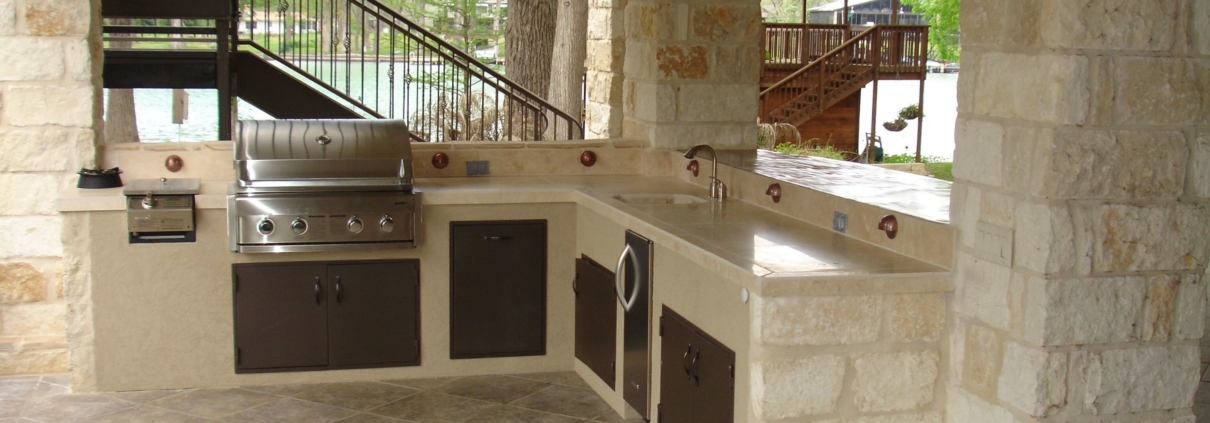4 Common Retaining Wall Mistakes You Need to Avoid
Retaining walls are often an essential part of landscaping. The primary purpose of a retaining wall is to hold soil behind it. But there can be many benefits to a retaining wall. For instance, they can improve accessibility, add value to formally unusable properties, and visually enhance a particular space.
While the concept of a retaining wall may seem simple, a few things could go wrong if you’re not careful. Here are some of the most common mistakes you can make when building a retaining wall.
Not Hiring a Professional to Design the Wall
There’s more to building a retaining wall than just stacking some concrete blocks. Certain engineering science is involved to ensure that the hydrostatic pressure of the water-laden soil does not end up destroying the wall. By underestimating the engineering involved and designing the wall yourself without professional help, you will most likely end up with a poorly engineered wall. So, it’s best to leave the designing of the retaining wall to the professionals.
Failure to Procure a Permit
In most places, you will need to procure a building permit before you can start work on the retaining wall. However, in some instances, additional requirements may need to be met. For example, you might need to get permits from the community level to the municipal level. Permits from state environmental agencies may also be required.
Improper Wall Construction
When you don’t focus enough on the wall construction, your retaining wall may structurally fail over time. In fact, retaining walls are known for being one of the most frequently ruined construction projects.
There are several mistakes in construction that you could make. For one, not using the correct specialized techniques for your material of choice could be disastrous. To help you avoid this mistake, here are some tips you must be aware of.
When building a stone wall, you’ll need to have a sloped back and other specialized skills. For concrete walls, sufficient rebar is necessary. And for wooden walls, you’ll need to have dead-man anchors. Segmented walls, on the other hand, would require a geogrid to tie them back to the ground. And in general, you must have a well-compacted base and a properly done footer.
Poor Drainage
As mentioned before, hydrostatic pressure could easily destroy your retaining walls. Thus, it’s important to have adequate drainage to relieve this pressure. This is especially true when working with non-pervious walls, such as brick, brick veneer, concrete, and mortared stone.
Typically, retaining walls would require outlet points, a gravel envelope, subsurface drainage along the bottom, and weep drains at the appropriate intervals. But if you have a segmented wall, you may be more at ease when it comes to drainage. This is because segmented walls are dry-stacked and allow the water to flow through.
In Summary
Retaining walls are often one of the most frequently botched construction projects due to the number of things that could go wrong. To ensure your retaining walls can stand strong and firm, you must never underestimate the engineering involved, pay attention to the construction, and provide adequate drainage. And, of course, don’t forget to procure the appropriate permits to start on your project.
Put up a well-designed and well-constructed retaining wall with the help of Red Robin Masonry. We are an award-winning company that provides masonry services in Toronto with a full warranty. At Red Robin Masonry, our top priority is to bring you the quality and service you deserve. Get a quote now!




Leave a Reply
Want to join the discussion?Feel free to contribute!